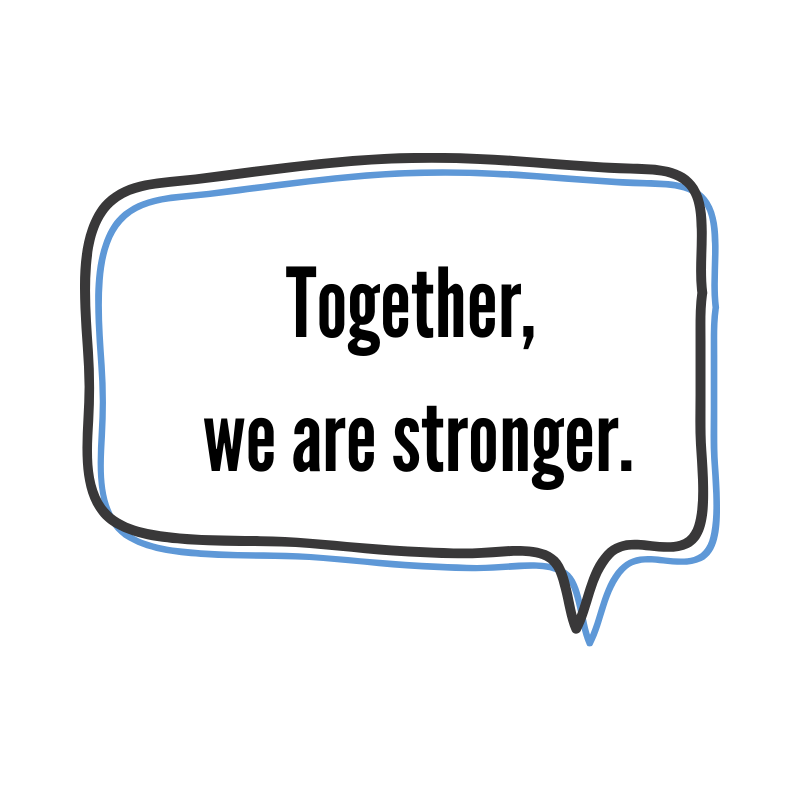 Asheville Buncombe Middle Grades Network
Asheville Buncombe Middle Grades Network
The Asheville Buncombe Middle Grades Network (ABMGN) is a partnership of ACS, BCS, United Way, and 40+ local partner organizations who work together to ensure that, in our community:
- All schools and partner programs are safe, welcoming and compassionate.
- All families and neighbors have the support and tools they need for healthy and successful lives.
- All students graduate high school--ready for college, career and community.
- To achieve these results, the ABMGN partners implement a set of strategies based on the 4 Pillars of Community Schools.
**For these strategies to be most impactful, the staff and volunteers of our partnering schools and organizations, as well as parents and other members of the community, must ourselves continually deepen our knowledge and skills.
ABMGN Principles of Shared Professional Learning:
- Adults--like all people--can experience deep and significant learning. We hold adult learners to as high standards for their ongoing development as we hold youth learners (if not higher).
- Cross-sector participation strengthens learning. When possible, learning opportunities should be open to all ABMGN partners for whom the training would be relevant (including staff and volunteers of other schools and organizations, as well as families and students)--not just people from the school/organization hosting the training.
- “Reinventing the wheel” is wasteful of limited resources. There is already a substantial amount of high-quality learning taking place in our community. Network members partner to partake in similar learning experiences, as opposed to expending time, money, and energy to independently design and implement separate similar training. We identify great learning experiences and work together to increase access.
- Learning opportunities should be responsive to community priorities and the priorities of targeted participants. ABMGN strategies are informed by Community Assets and Needs Assessments, school-based resource teams, and network-level workgroups. Learning opportunities are designed to enable the success of the strategies that emerge from this process.
- Sustained learning is more effective than “one-and-done” learning. Learning is deeper and more lasting when sustained over time (via ongoing sessions, follow-up coaching, peer collaboration, etc.). Unless there is a clear and valid reason not to, learning experiences should be designed to last beyond a single day.
- Active learning is more effective than passive learning.“Sit and get” time should be minimized and never be the full extent of a learning experience.
- Reflection is essential. Having opportunities to think about and discuss the connections between the content and one’s own experiences and ideas is essential to effective learning. This can take many forms including personal journaling or writing; group conversation; feedback or coaching from peers and mentors; etc.
- Learning is most effective when learners opt-in. Having the opportunity to choose what knowledge and skills to focus on enhances learning. People are trusted to know what learning is most relevant and what ways of learning are most suited to their needs.
- Most of what we need to learn can and should be learned locally. When possible, learning opportunities are designed and implemented locally, with and for people from our community.
- Our culture of shared learning is continuously co-constructed. The Middle Grades Network is a network of learners and learning guides. Our success depends on ongoing personal and organizational learning. This is the responsibility of all ABMGN members and should be happening all the time in all kinds of different ways (formal courses, informal conversations, shared learning resources, virtual/in-person, etc.)
 ABMGN Shared Professional Learning Strategy
ABMGN Shared Professional Learning Strategy
In order to ensure all partners have the knowledge and skills to effectively design and implement the ABMGN strategies [link], the network ensures the following infrastructure is in place to coordinate the work of its members:
- Up-to-date map of current learning needs and existing learning opportunities.
- Systems for expanding knowledge of and access to high-quality learning opportunities.
- Shared learning opportunities designed to fill identified gaps and move the work of the ABMGN forward. This includes, but is not limited to, a particular ABMGN learning focus area, identified approximately yearly as a network.
- Systems for monitoring and enhancing the quality of existing learning opportunities available to network members.
